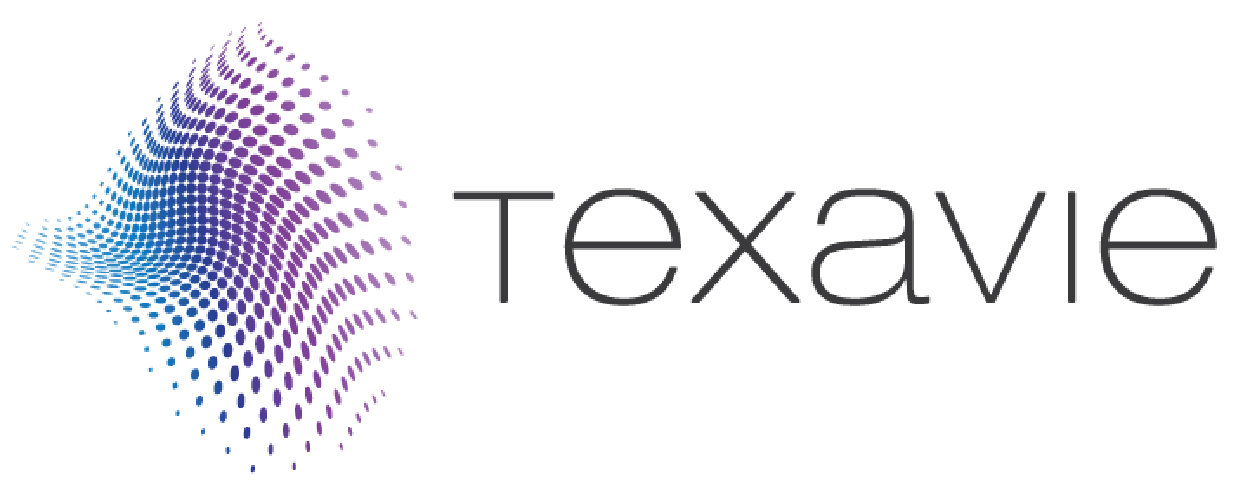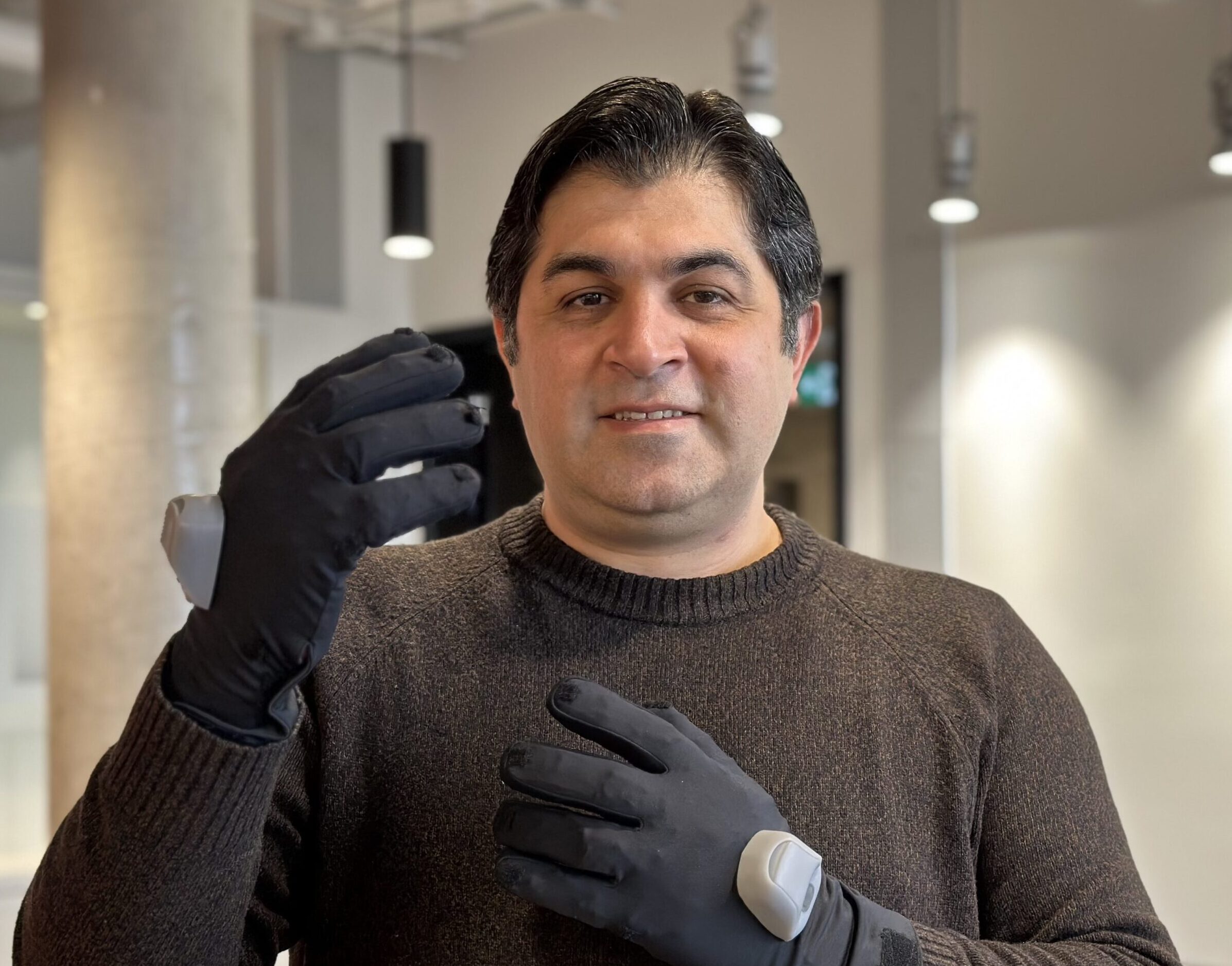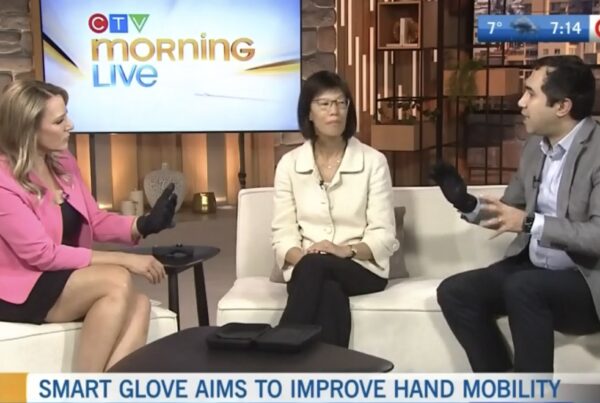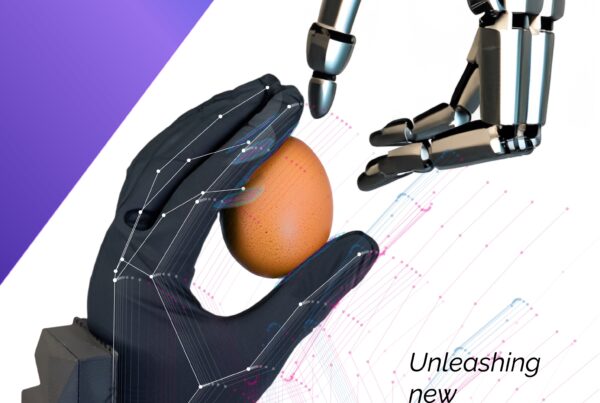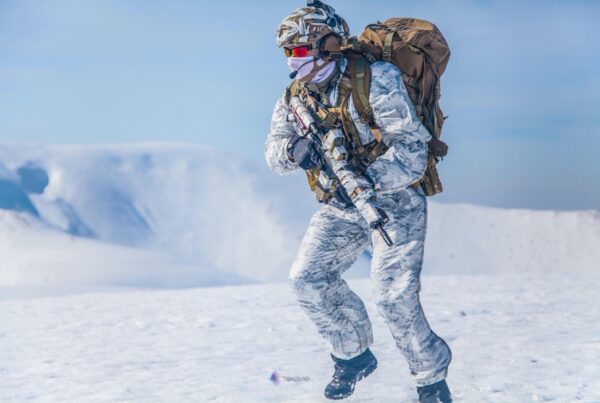Texavie’s groundbreaking smart glove, published in Nature Machine Intelligence, will change human hand movement tracking, fundamentally altering our understanding of hand kinetics and introducing numerous applications across consumer and health sectors. Integrating an array of sensor yarns, this state-of-the-art glove captures and analyzes hand and upper extremity movements with unprecedented precision. It surpasses traditional tracking methods by furnishing comprehensive parameters, including finger joint range of motion (ROM), grip and grasp patterns, grip force, and detection of upper extremity compensations during specific movements.
“This innovative technology empowers many consumer applications including gaming and metaverse. But it will soon find use in health and clinical applications with comprehensive and objective assessments, particularly benefiting patients recovering from post-stroke upper extremity impairments” said Texavie CTO, Dr. Amir Servati MD. “The precise data and insights enable tailored interventions, accurate progress monitoring, and elevated care quality. Continuous data collection, coupled with real-time machine learning and artificial intelligence algorithms, enhances understanding and facilitates the identification of clinically significant biomarkers for prevention, treatment, and diagnosis.”
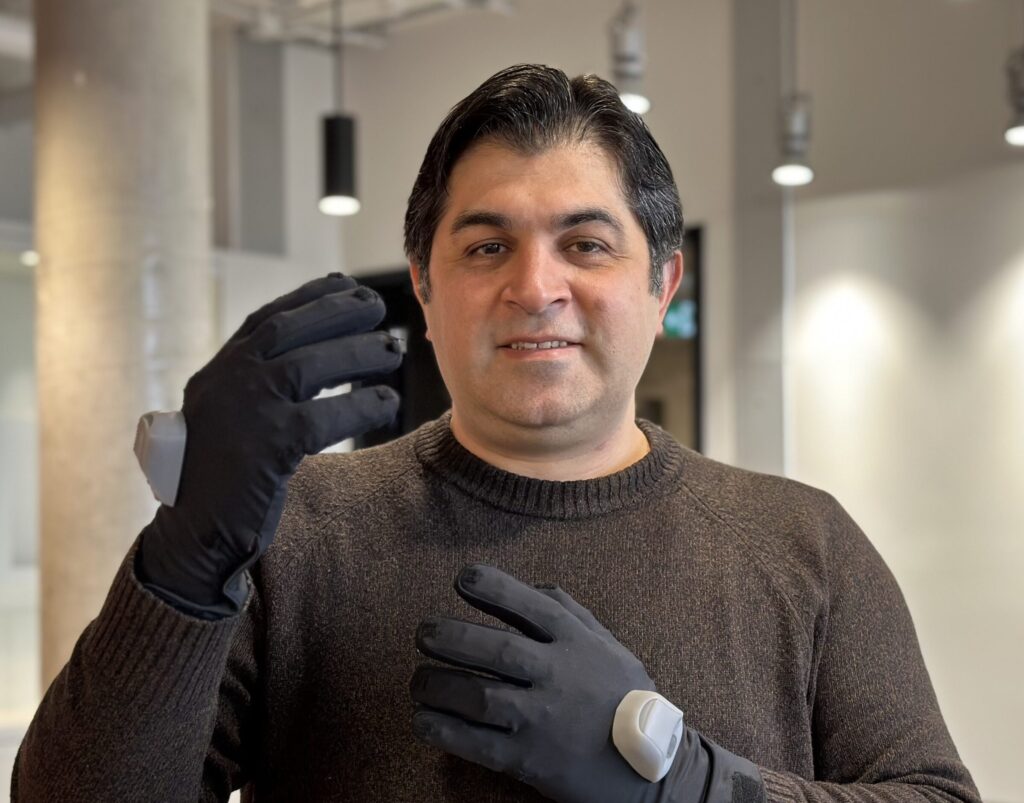
“Furthermore, the smart glove introduces opportunities for gamifying treatment, enhancing patient compliance, and expediting recovery. While our current on-going studies focus on stroke rehabilitation patients, its clinical utility extends to diverse conditions like hand injuries, arthritis, and neurodegenerative diseases,” Dr. Servati said. “The versatility and sophistication of Texavie’s smart glove have the potential to redefine rehabilitation and patient care across various medical scenarios, including remote areas and potentially even space exploration.”
“In summary, Texavie’s smart glove represents a paradigm shift in hand movement tracking, promising to transform consumer and healthcare both on Earth and beyond,” said Dr. Servati.
